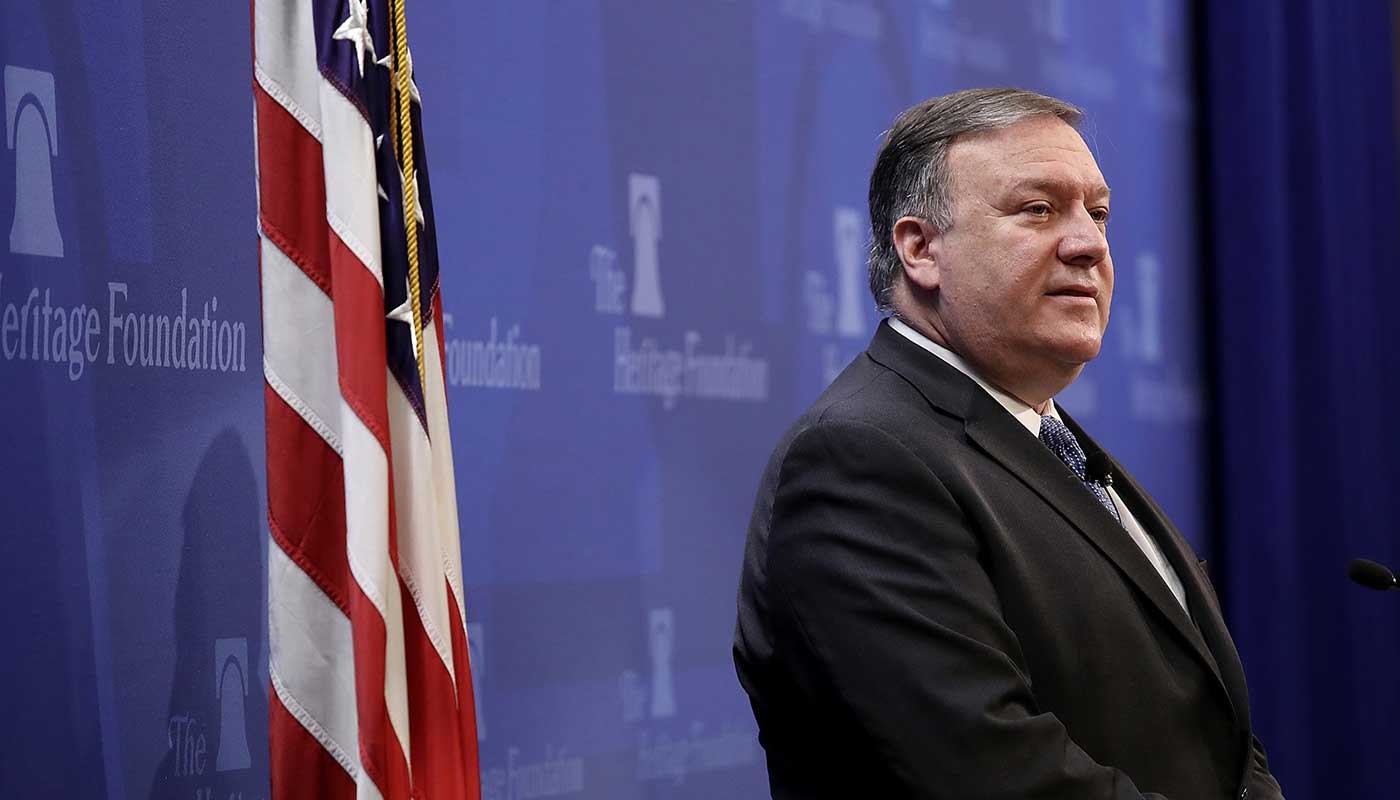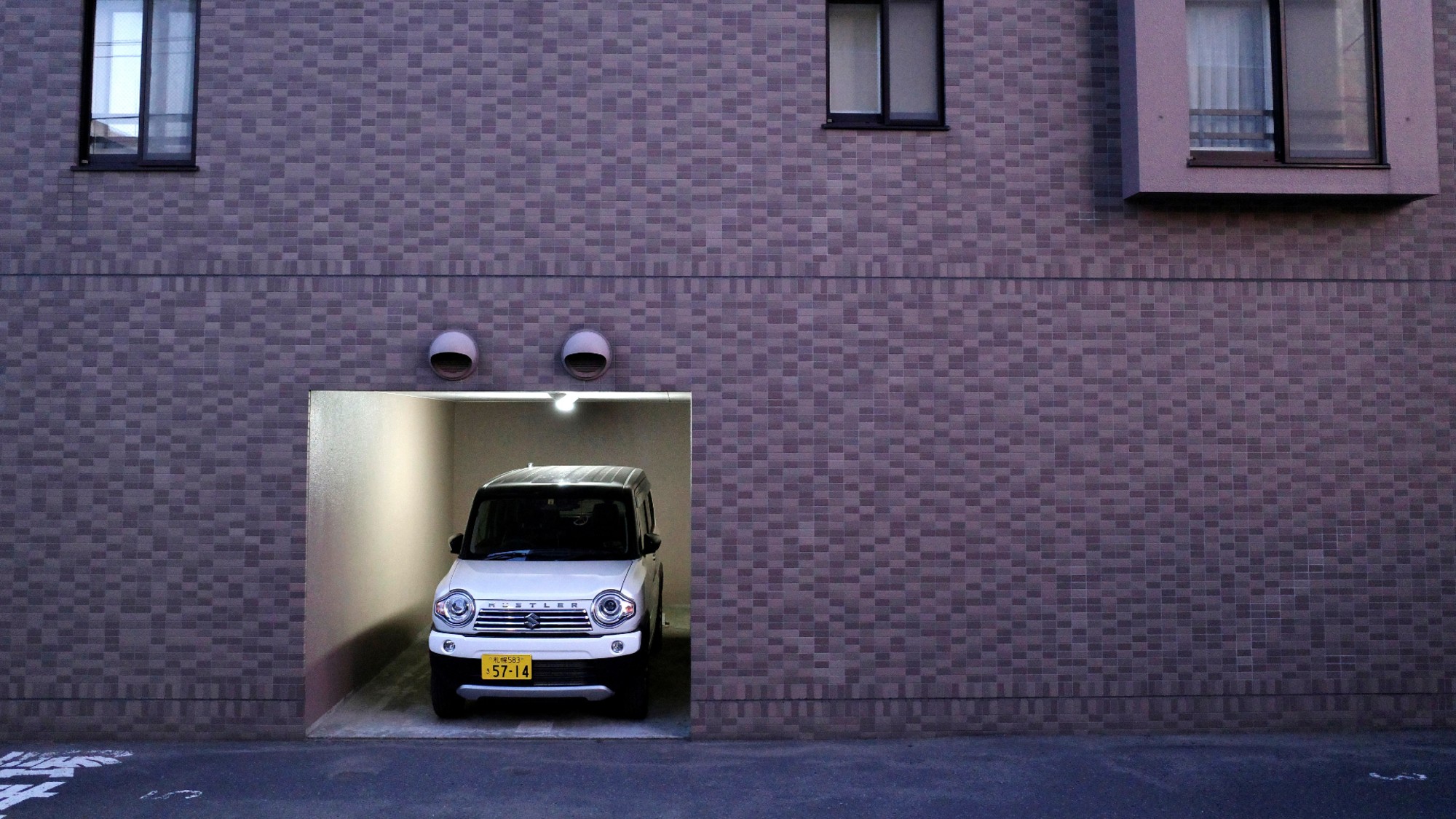‘Nuclear plan B’: how the US intends to confront Iran
Mike Pompeo threatens ‘strongest sanctions in history’ and hints of long-term regime change

Mike Pompeo has used his first big speech as US Secretary of State to set out the Trump administration’s ‘Plan B’ for dealing with Iran following its decision to withdraw from the 2015 multilateral nuclear deal.
Speaking at the conservative Heritage Foundation policy group in Washington, the former CIA director said the US would never allow Iran to develop a nuclear weapon and would impose the “strongest sanctions in history” to force the regime to submit to its demands.
What will change?
The Week
Escape your echo chamber. Get the facts behind the news, plus analysis from multiple perspectives.

Sign up for The Week's Free Newsletters
From our morning news briefing to a weekly Good News Newsletter, get the best of The Week delivered directly to your inbox.
From our morning news briefing to a weekly Good News Newsletter, get the best of The Week delivered directly to your inbox.
“The sting of sanctions will be painful if the regime does not change its course from the unacceptable and unproductive path it has chosen to one that rejoins the league of nations,” Pompeo said.
Among what Al Jazeera has called an “onerous” list of 12 “basic requirements” the regime must sign up to, Pompeo insisted Iran must stop developing ballistic missiles, release Americans currently held in prisons in the country, and stop support of militant and terrorist groups in the Middle East and beyond.
He also crucially called for a ban on a heavy-water reactor, which is the most basic way to develop nuclear energy, says CNBC.
Is there any incentive for Iran?
A free daily email with the biggest news stories of the day – and the best features from TheWeek.com
While the harsh rhetoric was aimed squarely at leaders in Tehran, he also offered an olive branch to the Iranian people, saying that unlike previous administration, “The United States believe you deserve better”.
Pompeo pointed to the administration’s ongoing nuclear negotiations with North Korea as a model for a new agreement with Iran, with administration officials saying the plan is to assemble a global coalition to pressure Iran into negotiations on “a new security architecture” that goes beyond its nuclear programme.
Will it work?
“It is certainly tough but may be totally unrealistic” says the BBC’s Jonathan Marcus, arguing that “for sanctions to work they must be comprehensive”, but “compelling allies and other countries to abandon trade with Iran risks damaging a whole series of wider diplomatic relationships”.
Despite overtures to the Iranian people and paying lip-service to a continued diplomatic dialogue with the regime “many former officials, foreign diplomats and analysts are sceptical, both of the chances a broader pact can come together, and of the administration's interest in diplomacy with Iran” says CNN.
Is there an ulterior motive?
Many claim the real objective of the White House is to force Iran to pull back from regional activities in Syria and the Yemen, and ultimately push for regime change within Iran.
Trump’s new National Security Adviser John Bolton has previously advocated overthrowing Iran’s government.
Other have warned the new US approach is a hugely destabilising move, with CNN saying that “regardless of the administration's goals, the chances of miscalculation, especially with Israel and Saudi Arabia urging Trump to confront Tehran, are high”.
-
 Could smaller cars bring down vehicle prices?
Could smaller cars bring down vehicle prices?Today’s Big Question Trump seems to think so, but experts aren’t so sure
-
 2025’s most notable new albums
2025’s most notable new albumsThe Week Recommends These were some of the finest releases of the past year
-
 Trump aims to take down ‘global mothership’ of climate science
Trump aims to take down ‘global mothership’ of climate scienceIN THE SPOTLIGHT By moving to dismantle Colorado’s National Center for Atmospheric Research, the White House says it is targeting ‘climate alarmism’
-
 How Bulgaria’s government fell amid mass protests
How Bulgaria’s government fell amid mass protestsThe Explainer The country’s prime minister resigned as part of the fallout
-
 Femicide: Italy’s newest crime
Femicide: Italy’s newest crimeThe Explainer Landmark law to criminalise murder of a woman as an ‘act of hatred’ or ‘subjugation’ but critics say Italy is still deeply patriarchal
-
 Brazil’s Bolsonaro behind bars after appeals run out
Brazil’s Bolsonaro behind bars after appeals run outSpeed Read He will serve 27 years in prison
-
 Americans traveling abroad face renewed criticism in the Trump era
Americans traveling abroad face renewed criticism in the Trump eraThe Explainer Some of Trump’s behavior has Americans being questioned
-
 Nigeria confused by Trump invasion threat
Nigeria confused by Trump invasion threatSpeed Read Trump has claimed the country is persecuting Christians
-
 Sanae Takaichi: Japan’s Iron Lady set to be the country’s first woman prime minister
Sanae Takaichi: Japan’s Iron Lady set to be the country’s first woman prime ministerIn the Spotlight Takaichi is a member of Japan’s conservative, nationalist Liberal Democratic Party
-
 Russia is ‘helping China’ prepare for an invasion of Taiwan
Russia is ‘helping China’ prepare for an invasion of TaiwanIn the Spotlight Russia is reportedly allowing China access to military training
-
 Interpol arrests hundreds in Africa-wide sextortion crackdown
Interpol arrests hundreds in Africa-wide sextortion crackdownIN THE SPOTLIGHT A series of stings disrupts major cybercrime operations as law enforcement estimates millions in losses from schemes designed to prey on lonely users